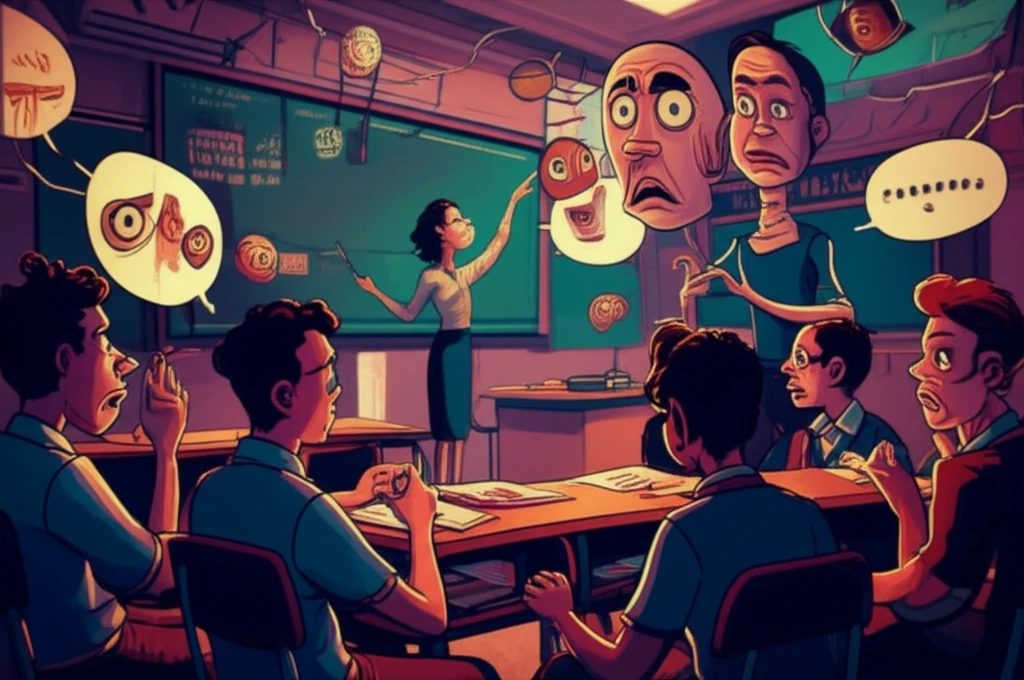
Decoding Classroom Chaos: A Look at Conflict and Authority
"How conversations in the classroom reveal power dynamics and influence student behavior."
Classrooms are more than just places of learning; they're dynamic social arenas where complex interactions unfold daily. Within these walls, conflicts can simmer and erupt, revealing the intricate dance of power, authority, and influence. This article delves into the often-overlooked dynamics of classroom conversations, offering insights into how these interactions shape student behavior and the overall learning environment.
Drawing on research in conversation analysis, we'll dissect real-world classroom scenarios to uncover the subtle ways teachers and students negotiate conflict and establish their roles. We'll explore how seemingly small exchanges can have profound impacts, from the use of language and non-verbal cues to the impact on student attitudes and the shaping of the school environment.
By understanding these hidden dynamics, we gain a deeper appreciation for the challenges teachers face and the strategies they employ to maintain order and foster a positive learning environment. Moreover, it empowers us to recognize the active role students play in shaping classroom interactions, leading to more effective communication and conflict resolution.
Unpacking the Complexities of Classroom Conflict

Classroom conflicts are multifaceted events, often involving more than just the immediate disagreement. They can encompass a range of behaviors, from subtle power struggles to overt acts of defiance. These conflicts are not isolated incidents; they are interwoven with the social and emotional fabric of the classroom, reflecting the relationships between teachers and students and also between students themselves.
- Language as a Tool: How teachers use language to manage behavior, give instructions, and express their emotions.
- Non-Verbal Communication: The role of body language, facial expressions, and tone of voice in conveying messages and shaping perceptions.
- Turn-Taking and Repair: The ways in which teachers and students manage the flow of conversation and address misunderstandings.
- Power Dynamics: The ways in which teachers assert their authority and students negotiate their roles within the classroom.
Embracing a New Perspective on Classroom Dynamics
By shedding light on the intricate dynamics of classroom conversations, we gain a deeper appreciation for the challenges teachers face and the strategies they employ to create a positive learning environment. This research encourages a move beyond simplistic views of classroom conflict, recognizing the complexities and the opportunities for improved communication and more effective conflict resolution. Armed with these insights, we can work towards creating classrooms where both teachers and students feel respected, understood, and empowered.
